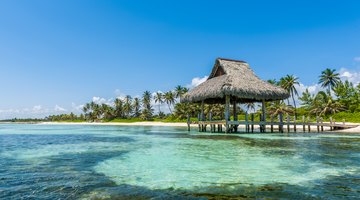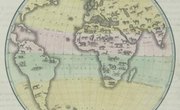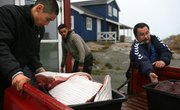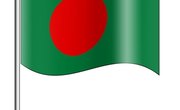The Caribbean, also referred to as the West Indies, refers to the islands in and around the Caribbean Sea, and to the southeast of the Gulf of Mexico, east of Central America and Mexico, and to the north of South America. The area includes more than 7,000 islands, 13 of which are independent island countries, and others are dependent territories of other countries.
It is estimated that before the first European contact, at the beginning of the 15th century, the population of the Caribbean was about 900,000 indigenous people.
Native languages spoken historically by populations in the Caribbean, as in South America and Central America, include: Arawak languages such as Taino, Lucayan and Borequino. Most of these are either extinct or highly endangered today.
European Languages in the Caribbean
Because of the complicated history of colonization, several European languages are widely spoken today in the region. Most Caribbean countries have a European language (English, Spanish, French or Dutch) as one of their official languages. For instance, Spanish is the official language in Cuba and the Dominican Republic. French is the official language in Guadelupe, Haiti and Martinique. Dutch is the official language in Aruba, but English is also widely spoken there, as is Spanish and Papiamento, a Creole language.
English in the Caribbean
Since the start of the British colonization in the Caribbean in the 16th century, English has become the most prominent language in the region. Even after most of the islands gained independence in the 20th century, English remained the dominant language and the language of tourism in Anguilla, Antigua and Barbuda, Bahamas, Barbados, Bermuda, Botswana, British Virgin Islands, Dominica, Grenada, Jamaica, Montserrat, St. Kitts and Nevis, St. Lucia, St. Vincent and the Grenadines, Trinidad and Tobago and Turks and Caicos Islands.
Creole Languages
In addition to English and other European languages, other languages spoken in the region are Creole languages. These languages have developed as a result of the contact between different linguistic groups, and may have elements of one or more European language, the local indigenous languages and West African languages brought to the region by slave trade. They are, however, separate and fully developed languages passed from one generation to the other just like any other language. For example, Papiamento is a Creole language containing elements of Spanish, Portuguese, Dutch, English and French, as well as Arawakan and some African languages. Jamaican Creole is an English-based creole with West African elements.
Related Articles
References
Writer Bio
Tanya Mozias Slavin is a former academic and language teacher. She writes about education and linguistic technology, and has published articles in the Washington Post, Fast Company, CBC and other places. Find her at www.tanyamoziasslavin.com











